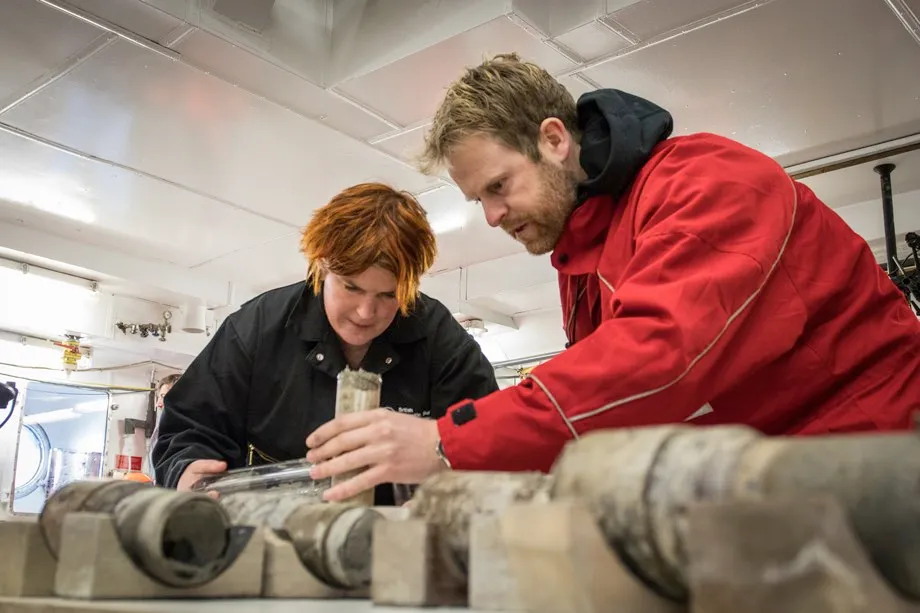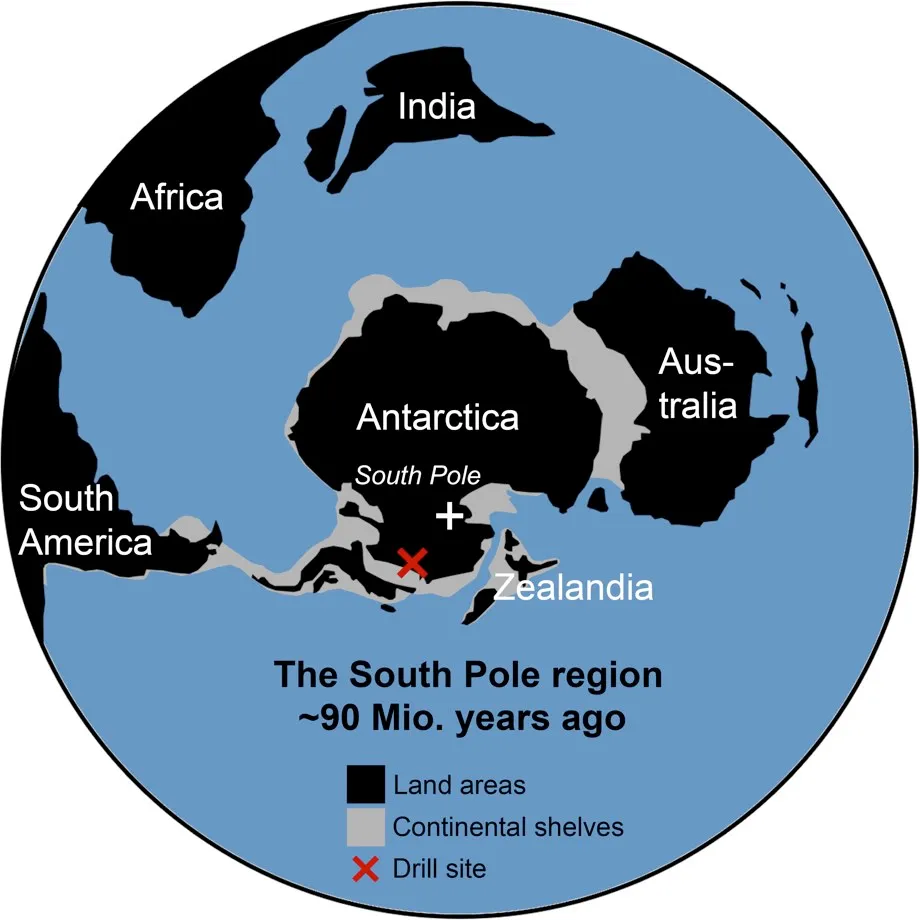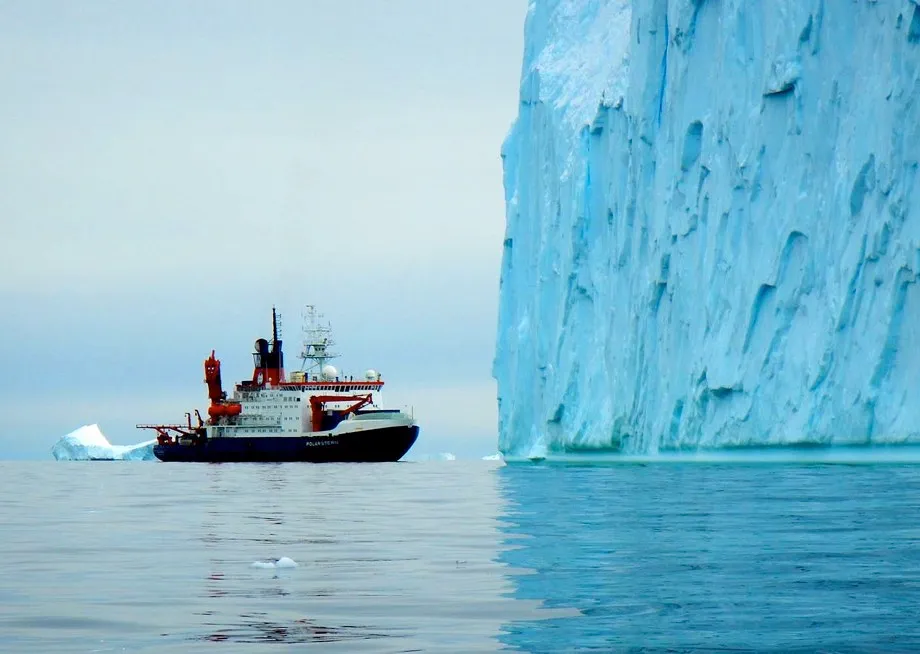- A new study has discovered that the Antarctic was once warm enough to house swampy rainforests
- Preserved roots and other plant remains in soil samples suggests the world at that time was warmer than previously thought.
- The amount and intensity of rainfall in West Antarctica would have been similar to that seen in today’s Wales.
Antarctica may be covered in polar ice today, but the region once housed swampy rainforests and an average temperature of around 12°C, according to a new study.
Researchers said they have uncovered evidence that the South Pole had a more temperate climate around 90 million years ago.
The findings, published in the journal Nature, are based on soil samples believed to be from the mid-Cretaceous period (115-80 million years ago).
The team, which included scientists from the UK and Germany, said analysis of preserved roots and other plant remains in the Antarctic soil suggests the world at that time was warmer than previously thought.

Professor Tina van de Flierdt, from the department of earth science and engineering at Imperial College London, and one of the study authors, said: “The preservation of this 90 million-year-old forest is exceptional, but even more surprising is the world it reveals.
“Even during months of darkness, swampy temperate rainforests were able to grow close to the South Pole, revealing an even warmer climate than we expected.”
Read more about the Antarctic:
- How to grow food in space: the Antarctic base preparing for human space colonies
- Antarctica: the remarkable life that survives the coldest continent
- Antarctic penguins' diet affected by climate change and human activity
The scientists analysed an ice core extracted from the seabed near the Pine Island and Thwaites glaciers in West Antarctica.
The team discovered well-preserved forest soil, including plant pollen, spores, a dense network of roots and the remains of flowering plants.
Professor Ulrich Salzmann, a paleoecologist at Northumbria University and one of the study authors, said: “The numerous plant remains indicate that 93 to 83 million years ago the coast of West Antarctica was a swampy landscape in which temperate rainforests grew – similar to the forests that can still be found, say, on New Zealand’s South Island.”

To get a better idea of what the climate was like at that time, the researchers assessed the conditions that would have been suitable for the plants found in the soil sample.
Simulations showed summer temperatures would have been around 19°C while water temperatures in the rivers and swamps would have reached up to 20°C.
The amount and intensity of rainfall in West Antarctica would have been similar to that seen in today’s Wales, the researchers said.
The findings also indicate carbon dioxide levels in the atmosphere were higher than expected during the mid-Cretaceous period, which is considered the age of the dinosaurs.

Professor Gerrit Lohmann, a climate modeller at the Alfred Wegener Institute, Helmholtz Centre for Polar and Marine Research in Germany and study co-author, said: “Before our study, the general assumption was that the global carbon dioxide concentration in the Cretaceous was roughly 1,000 ppm (parts per million).
“But in our model-based experiments, it took concentration levels of 1,120 to 1,680 ppm to reach the average temperatures back then in the Antarctic.”
However, the researchers are yet to figure out what caused the climate to subsequently cool to form ice sheets in Antarctica.
Prof Lohmann said: “Our climate simulations haven’t yet provided a satisfactory answer.”
Reader Q&A: Does it ever rain in Antarctica?
Asked by: Glyn Wogan, Monmouth
Despite having sub-zero average temperatures, coastal Antarctica is sometimes above freezing, allowing rain to fall. For example, the British Antarctic Survey’s base at Rothera has around 30 days’ rain a year. But further inland, and at the South Pole, the temperature is permanently below freezing, and so it only ever snows.
Read more:
